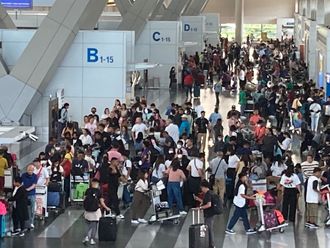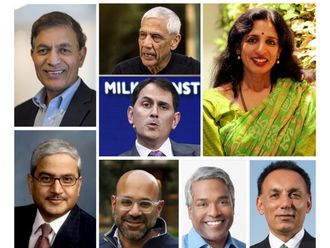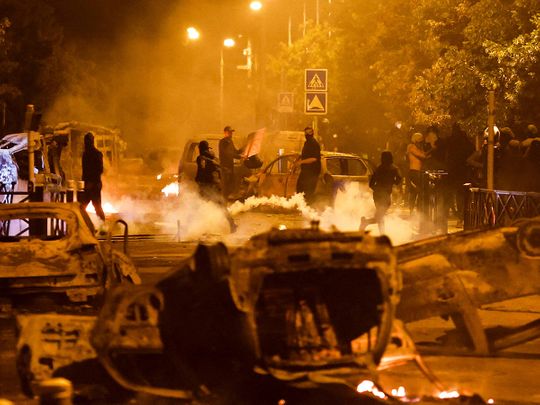
Dubai: The French are no strangers for large militant protests. They took to the streets in March to protest against President Emmanuel Macron forcing through policy change that raises the pension age from 62 to 64.
Thousands flooded the streets of Paris and other cities to protest the raising of the pension age, singing the national anthem, waving flares, and bearing trade union flags.
The police crackdown led to calls for accountability and investigations into excessive use of force.
Back in October 2022, too, when inflation rate stood at 5.5 per cent in France, half of what it was in the UK, yet thousands of people protested against the soaring cost of living.
Are protests a ‘tradition’ in France?
“We can explain this ‘tradition’ by [looking at] the history of France: the French Revolution, the commune of Paris 1871,” Alexis Poyard, a French youth activist was quoted as saying during one such protest.
“In France, we protest whenever we are sad or when we are angry.”
Also read
- What really led to shooting of 17-year-old Nahel that triggered riots in France?
- French tourism sector faces cancellations over unrest
- 'He wanted to make it': Nahel, 17, killed by French police that sparked riots
- French president Macron blames social media such as Snapchat, TikTok for fuelling copycat acts of violence
Experts have also said entrenched traditions of protest harks back to the 1789 French Revolution. But protests about police violence in France are distinct.
The most notable such protests before this week occurred in 2005, when teenagers Zyed Benna and Bouna Traore were fatally electrocuted while hiding from police in the eastern Paris suburb of Clichy-sous-Bois.
Those deaths sparked three weeks of protests and a national state of emergency, with many of those demonstration residents of low-income suburbs, known as banlieues in France, where many residents faced limited economic options and police scrutiny.
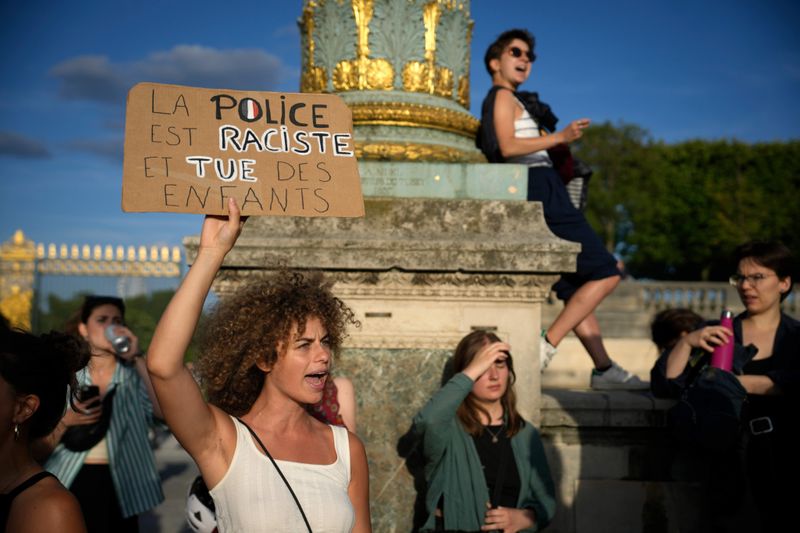
How many were arrested?
Police arrested 1,311 people overnight Friday to Saturday, the highest figure since the violent protests began.
Shops were ransacked and town halls attacked in various locations nationwide, despite the interior ministry sending out 45,000 members of the police and also armoured vehicles to deal with the rioting.
Nahel’s funeral ceremony began in the Paris suburb of Nanterre where he lived, with a large crowd gathering at the local cemetery in a tense atmosphere, an AFP reporter said.
The family wanted to be as intimate as possible, and far from the cameras. A ceremony is scheduled for early afternoon at the mosque in Nanterre and the interment will then take place in the giant Mont Valerien cemetery in the area.
In a rare intervention on a social issue, the French national football team, many of whose top players are of minority background, joined calls for an end to the clashes.
“The time of violence must give way to that of mourning, dialogue and reconstruction,” the team said in a statement posted on social media by captain and Paris Saint-Germain superstar Kylian Mbappe.
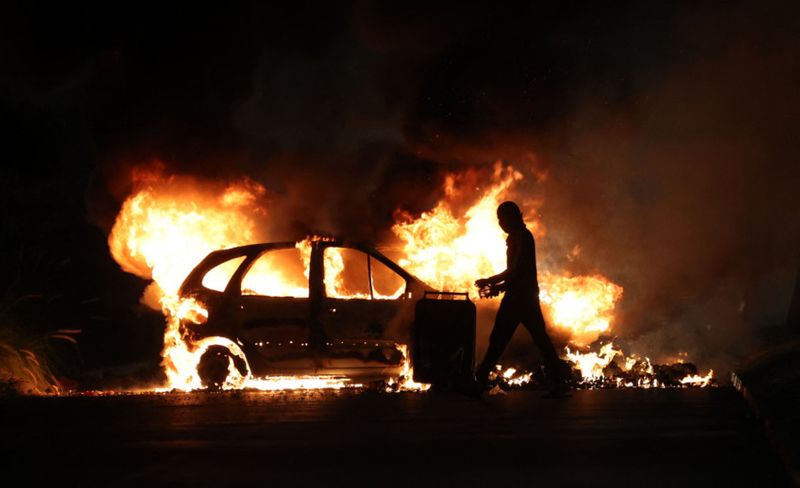
How many vehicles, buildings were burnt overnight?
Interior Minister Gerald Darmanin said that overall the scale of violence was less intense than previous nights but there was still intense rioting in certain areas including the cities of Marseille, Lyon and Grenoble, with bands of often-hooded rioters pillaging shops.
Provisional ministry numbers released early Saturday said 1,350 vehicles and 234 buildings had been torched overnight, and there had been 2,560 incidents of fire set in public spaces.
The ministry also said 79 police or gendarmes had been injured.
The southern port city of Marseille was again the scene of clashes and looting from the centre and further north in the long-neglected low-income neighbourhoods that Macron visited at the start of the week.
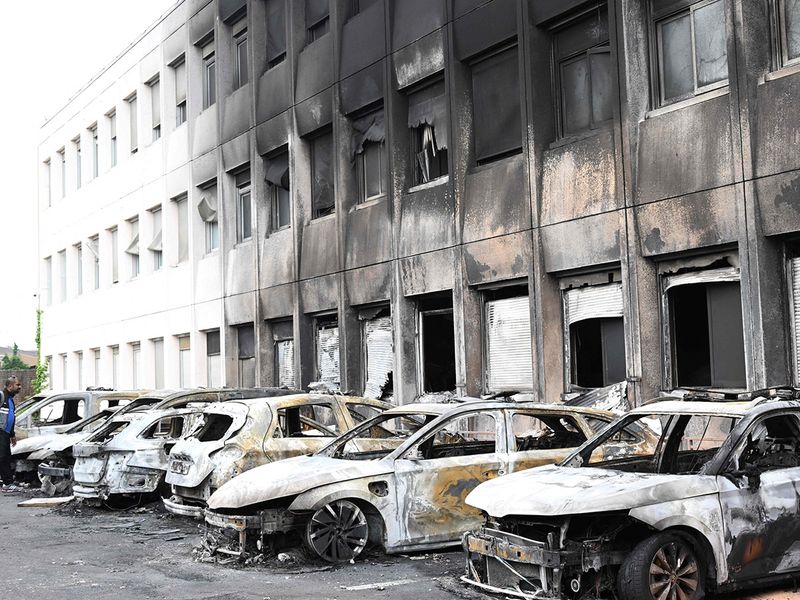
In a bid to limit the violence and trams in France have stopped running after 9:00 pm (1900 GMT) and the sale of large fireworks and inflammable liquids has been banned.
Prime Minister Elisabeth Borne also announced the cancellation of large-scale events across the country, which included two concerts this weekend by hugely popular singer Mylene Farmer at the Stade de France venue.
Britain and other European countries updated their travel advice to warn tourists to stay away from areas affected by the rioting.
Macron has postponed a state visit to Germany that was to begin on Sunday after four days of nationwide riots.
It was the second time this year that unrest in France has forced Macron to postpone high profile encounters with a head of state after Britain’s King Charles cancelled a visit due to protests over pension legislation.
How is social media responsible?
Social media companies are once again under scrutiny. Macron blamed TikTok, Snapchat and other platforms for helping fuel riots over the fatal police shooting of a 17-year-old driver Nahel.
Macron accused social media of playing a “considerable role” in encouraging copycat acts of violence as the country tries to tamp down protests that surfaced long-simmering tensions between police and young people in the country.
Macron, who in tandem castigated video games for the rioting, said the government would work with social media sites to take down “the most sensitive content” and identify users who “call for disorder or exacerbate the violence.”
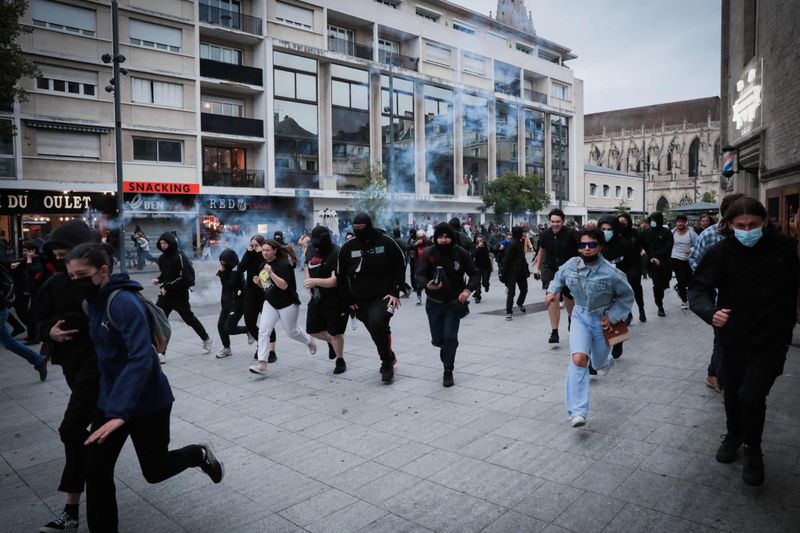
Why is the government concerned?
AP has quoted a French official citing an example of the name and address of the police officer who shot at Nahel being published on social media.
A prison officer also has seen his professional card going online, the official said, suggesting it could put the person’s life and family at risk.
During his speech on Friday, Macron did not specify what type of content he viewed as “sensitive,” but he said he expected “a spirit of responsibility” from the social media platforms.
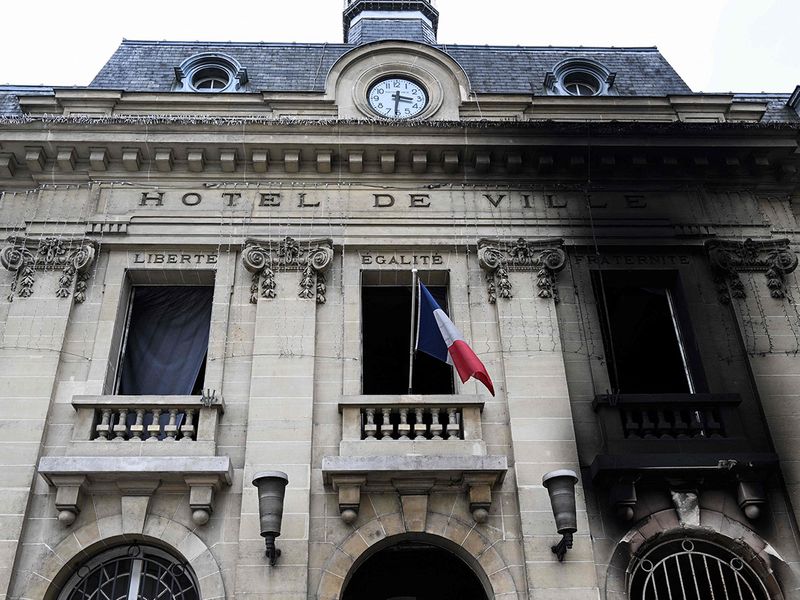
Talks between the government and social media platform, including Snapchat and Twitter, have started with the aim to speed up the process to remove content inciting to violence, the official said. The French government is also pushing for identifying people who launch calls for violence but it’s still at the “discussion” stage.
Social networks during the meeting were warned that they can’t allow themselves to be used as channels for calls to violence.
What does French law say?
France has a law against cyber harassment. Online threats of crimes, like rape and murder, as well as online insults can be prosecuted.
But in reality, it’s very rare.
In 2020, the country’s parliament approved a bill that would compel platforms and search engines to remove prohibited content within 24 hours. A year later, a French court convicted 11 of 13 people charged with harassing and threatening a teenager who harshly criticised Islam in online post. But the people charged were only those who could be tracked down.
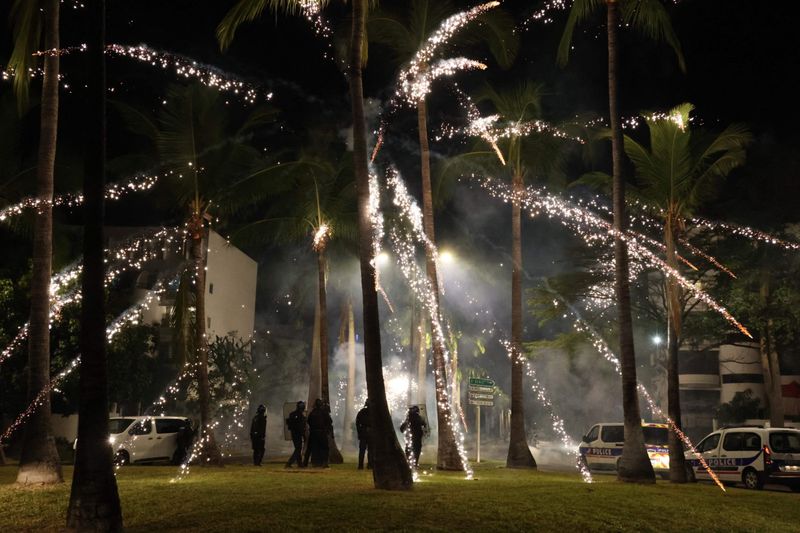
What are social media sites saying?
Rachel Racusen, spokesperson for Snapchat, one of the social media platforms Macron blamed for contributing to the upheaval, said that since Tuesday, it has increased its moderation to detect and act on content related to the riots in France.
“Violence has devastating consequences and we have zero tolerance for content that promotes or incites hatred or violent behaviour on any part of Snapchat,” Racusen said. “We proactively moderate this type of content and when we find it, we remove it and take appropriate action. We do allow content that is factually reporting on the situation.”
But many of the others are keeping mum. TikTok as well as Meta, which owns Facebook and Instagram, did not immediately reply for comment on Friday. Twitter answered only with an automated reply of a poop emoji, as it has done for months under Elon Musk’s tenure.
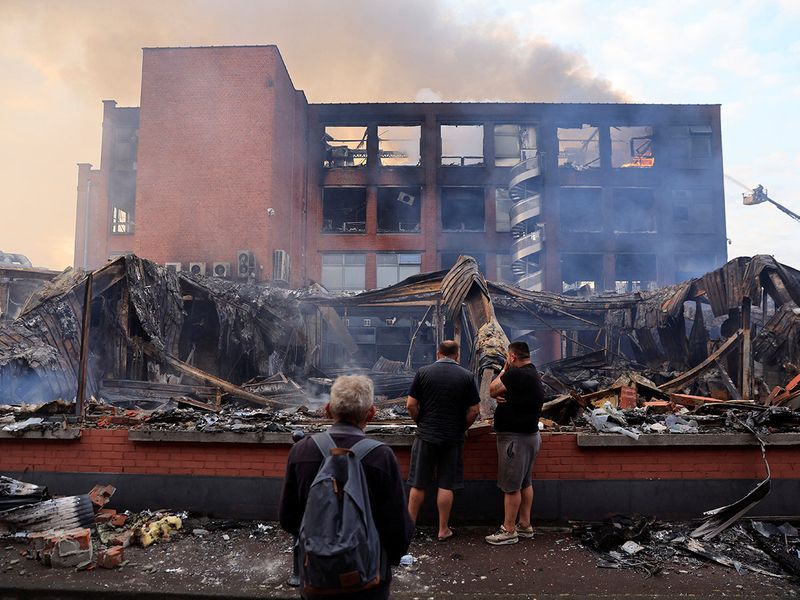
How do social media platforms typically respond?
Social media platforms like TikTok, Snapchat and Twitter often police people calling for violence because it can go against their policies.
But they also remove material posted on their platforms in order to comply with local laws and government requests, some of which can be controversial. A recent example was Twitter’s decision in May to censor speech at the behest of Turkey’s government in the leadup of the country’s presidential elections.
Snapchat says on its website that it cooperates with law enforcement and government agencies to fulfill “valid requests” for information that can help during investigations.
The company receives many requests year-round. Its latest transparency report for the second half of 2022 showed it received the most requests from the US government, followed by the United Kingdom, Canada and Germany. Officials in France put in 100 emergency requests for user information that includes some identifiers for accounts, such as email address and phone number. The company said it produced “some data” in 54% of those requests.
During the same period, TikTok’s transparency report showed it got far less requests — under 20 — from the French government. It removed or restricted content — or accounts — for 86% of those requests.
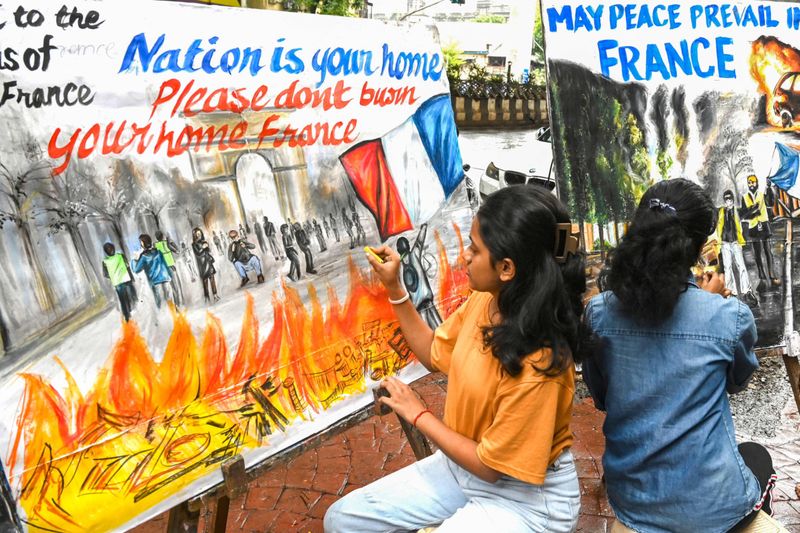
What sparked the protests in France?
Around 9am local time on Tuesday, a police officer fatally shot Nahel in the chest after he was stopped during a traffic check in Nanterre, a western suburb of Paris.
Videos apparently captured at the scene, which went viral in France, show a yellow Mercedes driving away from the officers who had tried to stop it, as an officer fires a single shot through the windshield.
In other footage, the car can be seen to have crashed and onlookers say the driver is dead.
What led to the traffic check on Tuesday?
It is not fully clear why Nahel was stopped. An account from Pascal Prache, the regional public prosecutor, suggested that officers had tried to get the driver to pull over for a police check earlier, but that he had sped away before they caught up with him at an intersection.
The reported Algerian descent of Nahel sparked allegations of systemic racism in law enforcement. Lawyers for his family have told journalists that he had been stopped by police as many as five times since 2021. In the video, one officer can be heard saying “in your head.” Lawyers for his family have said the officer is saying, “I’m going to put a bullet in your head.”
Under a law enacted in 2017 in response to terrorist attacks in France, police officers are allowed to fire upon a vehicle when the drivers “do not obey the order to stop and whose occupants are likely to perpetrate” attacks “on their life or physical integrity or those of others.”
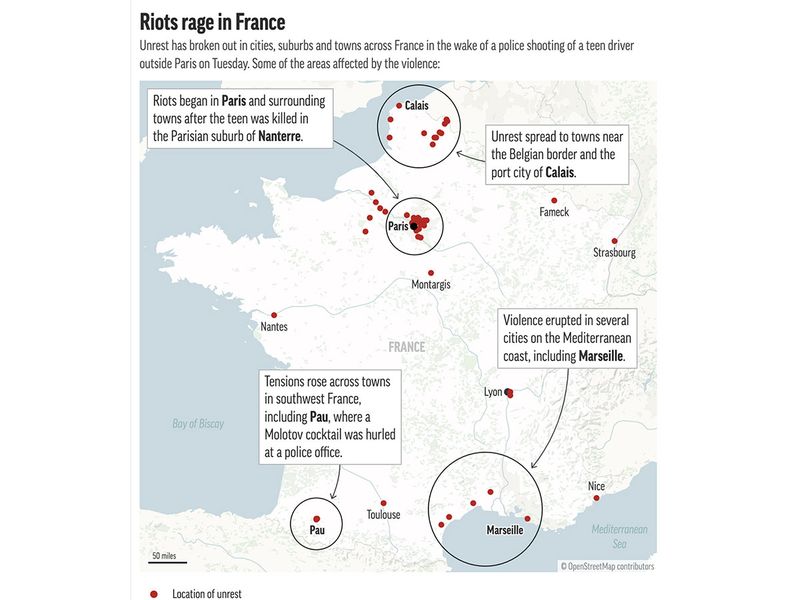
Where have protests spread in France?
The protests began in Paris on Tuesday evening, but have spread swiftly across the country to other major cities, including Lyon, Marseille and Toulouse. Photographs taken in Nanterre on Thursday show burning cars and fireworks thrown at police officers, who responded with arrests and tear gas.
The French Interior Ministry said it had arrested or detained more than 800 people. Cities around the country had suspended public transportation and announced curfews. Despite the violence, some of the protests have unfolded peacefully. Thousands of people marched in Paris in memory of Nahel on Tuesday, where his mother spoke to the crowd, wearing a white “Justice for Nahel” shirt.


